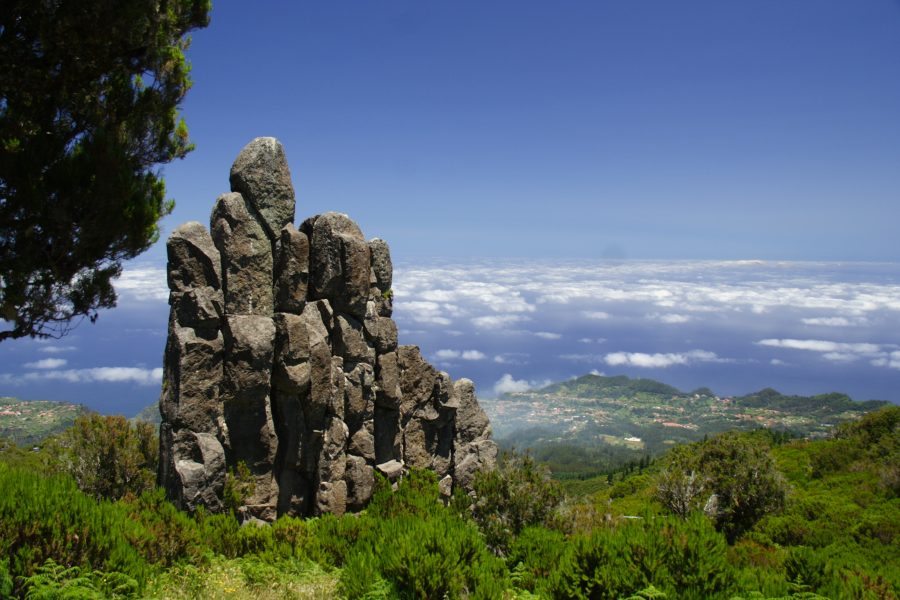Madeira has been attracting British holidaymakers for decades and it’s easy to see why. Take the weather: after one of the UK’s worst summers on record, I was in need of some reliable sunshine – and I got that during my few days on the island, dubbed the “Floating Garden in the Atlantic”, thanks to an abundance of flora and fauna.
A sub-tropical island, Madeira enjoys a favourable climate all year round, with plenty of sunshine and an average temperature of around 75 degrees. It’s so satisfying to plan activities on holiday and know that you can pretty much guarantee that you won’t be rained off.
That was essential when I headed into the mountains for an exhilarating trek between the highest peaks of Pico do Arieiro and Pico Ruivo (1,818 and 1862 metres respectively), and was greeted once again by clear blue skies. The sun’s rays highlighted the colours of the ragged mountains all around as my guide and I weaved our way along ridges, through tunnels and around the volcanic landscape.
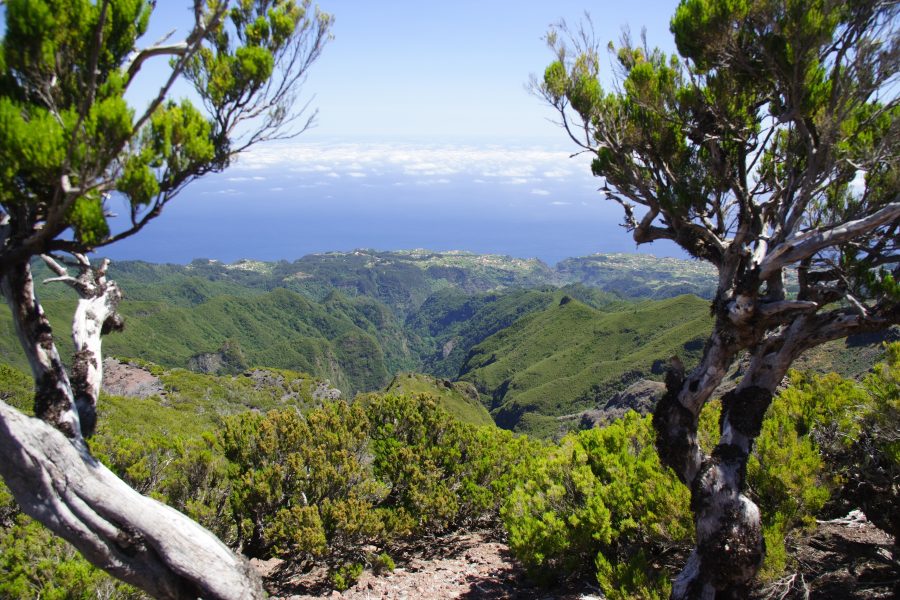
(c) Richard Webber
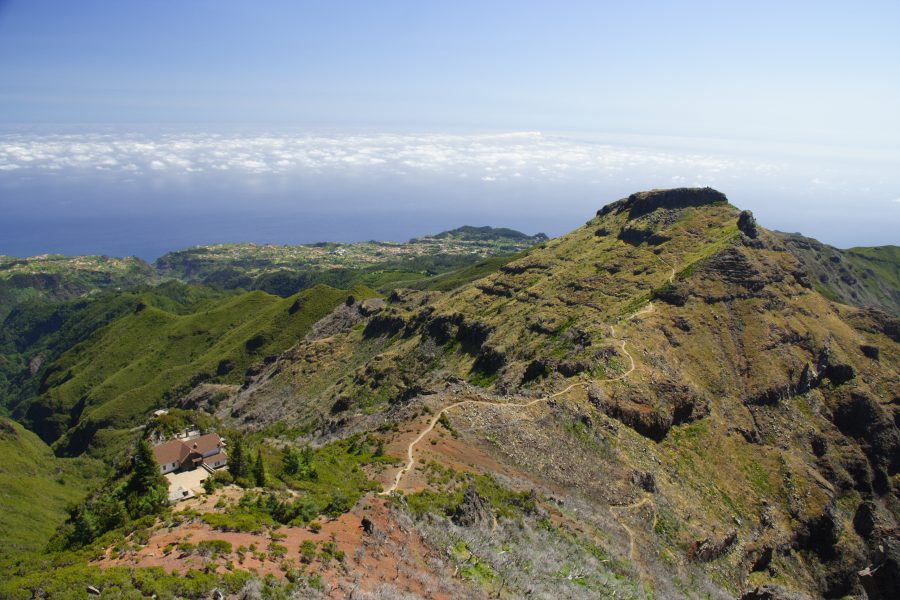
(c) Richard Webber
Lying 400 miles from the African coast, Madeira boasts a rocky coastline fringed by ever-flowering bougainvillea, hibiscus and poinsettia, giving way to a mountainous topography with towering green peaks. The stunning vistas were providing a spectacular display as we trod carefully along what is one of the island’s most popular walks.
Madeira is a magnet for walkers of all capabilities, many keen to follow the levadas, a network of mini-canals dating from the 15th century built to distribute water from the wetter northern regions to the drier areas in the south. Many trails provide relaxing, undemanding walking as they twist their way through dramatic countryside populated by laurel forests; others offer more challenging walks over peaks and mountains, through tunnels and under waterfalls.
Finally reaching Pico Ruivo, the island’s highest point, was a highlight of my visit, so I took a moment to savour the achievement. While breathing in the fresh Madeiran air, I admired the breathtaking scenery surrounding me. The clairity of the air was such that I could see for miles, from one end of the island to the other; my camera went into overdrive!
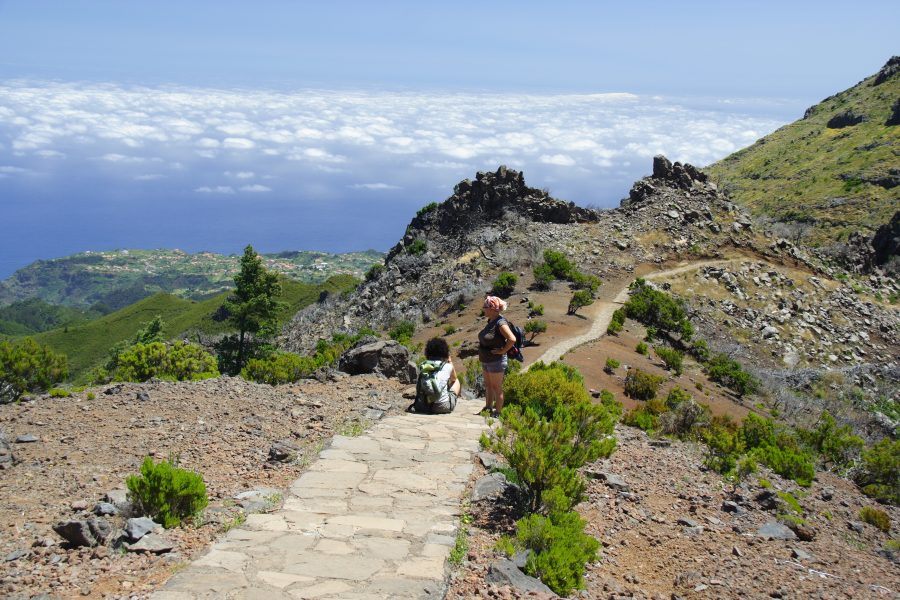
(c) Richard Webber
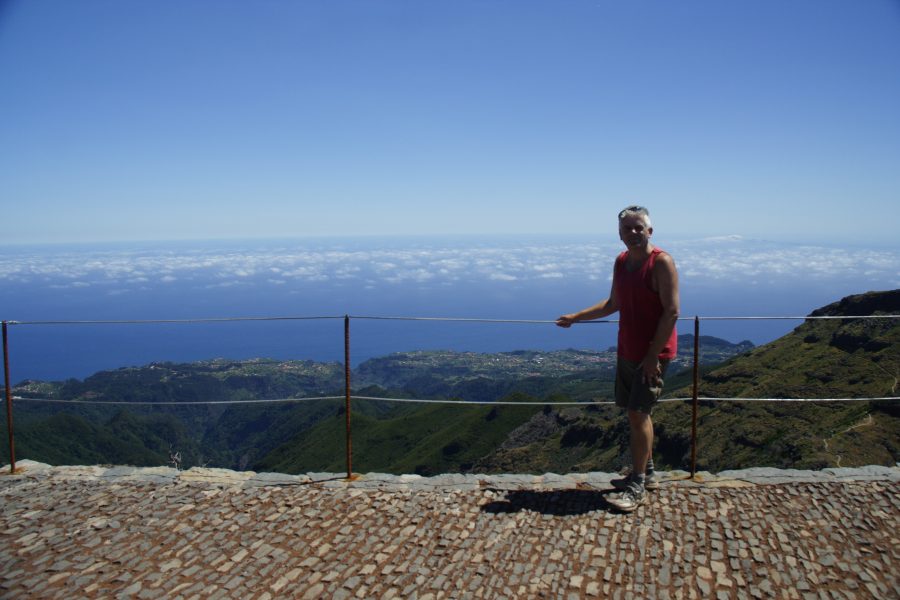
(c) Richard Webber
But this was just one of many highlights during my trip to Madeira; sure, they may not all have been as dramatic as my mountain walk, but they were equally recommendable.
For example, take a stroll around Funchal, particularly the Old Town, in the evening and soak up the atmosphere as you wander along narrow cobbled streets flanked by restored houses and a plethora of cafés and restaurants offering a multitude of dishes, everything from fresh fish and meat to pasta and pizzas. But make sure you tread the cobbles of Rua de Santa Maria. Dating back to the early 15th century, it’s arguably the city’s oldest street and its many doors and entrances have been revitalised by the efforts of artists.
Unlike other capitals I’ve visited, there is an air of tranquillity in Funchal; yes, it’s grown and is, of course, the busiest place on the island, but one still feels safe walking its streets. Sadly, there are fewer and fewer places in the world these days where you can say that.
Other attractions in the city – in fact, most of the island’s main historic buildings, museums and sights are found here – include the Workers’ Market (Mercado dos Lavradores), Museum of Contemporary Art and the steeply-terraced Botanical Gardens, displaying virtually every type of plant grown on the island. I enjoyed a cable car ride to the gardens before joining the throngs of tourists queuing for one of Madeira’s most famous tourist attractions: toboggan rides from the hilltop town of Monte.
The wicker toboggans were first used in the 19th century to transport goods down the exceedingly steep three-mile hill from Monte to Funchal. I climbed into the contraption with, I must confess, a little trepidation and before long found myself whizzing down the hillside at a rate of knots – an experience not to be missed.
On any trip to Madeira, you must hire a car and explore the rest of the island. Some motorway exists, but much of your travelling will be on windy roads snaking their way around the jagged coastline.
Stop off at Calheta and relax on the beach for a moment – yes, beach! Although Madeira isn’t known for its beaches, this one has been manufactured with sand from Morocco; being one of only two sandy beaches on the island (the other is in Machico), it’s, therefore, popular with tourists and locals alike.
After walking along the promenade, head on around the coast to the nortwestern resort of Porto Moniz, a delightful spot where you can swim in natural rock pools, enjoy a meal at one of the restaurants boasting sea views and while away an hour or two sitting on the promenade watching the world go by.
In the northeast of the island, Santana is worth visiting, if only to see the A-shaped houses which adorn many Madeiran postcards. These brightly-painted buildings – one houses a tourist information desk – show the kind of dwellings which served the Madeirans well for many years.
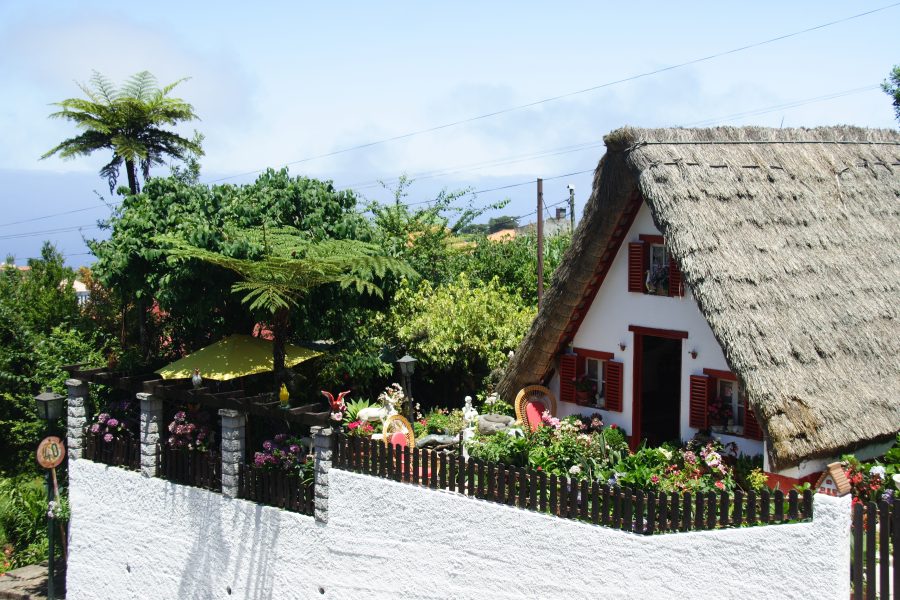
(c) Richard Webber
As well as the coastal routes, time must be taken to venture in to the interior to experience the remarkable scenery, but don’t forget to head for Paul da Serra, too. This plateau, extending over an area of 20 squared kilometres, proved to be one of my favourite spots on Madeira. Although it attracts much of the island’s rainfall, I was treated to more clear blue skies as I admired the scenery and ventured along another levada walk.
The flat plain, standing juxtaposed alongside craggy mountain landscapes, reminds me of corners of Britain and is an ideal spot for picnics on a clear day.
Madeira has always attracted – and will always attract – the more mature-aged visitors, but it’s a destination which has something for everything, including families. If you’re looking for endless sandy beaches, choose somewhere else. But if you enjoy beautiful scenery, friendly people, smashing restaurants and good hotels, then you won’t be disappointed.
My Madeiran adventure came to an end too quickly, but as I jetted home to more grey skies, I promised myself one thing: I’d be back.
Getting There
I flew with easyJet from Bristol to Funchal. The airline also operates a London Gatwick flight. Visit www.easyjet.com for further details and latest prices.
Where to Stay
I stayed in two hotels while on Madeira: Estalagem da Ponta do Sol at Ponta do Sol (www.pontadosol.com, tel: 00351 291 970200) and Golden Residence Hotel (www.goldenresidencehotel.com, tel: 00351 291 710 100).
More information:

